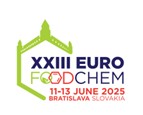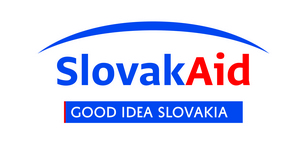Scientific journal
Journal of Food and Nutrition Research
Summary No. 2 / 2008
GÜLDAŞ, M.
Comparison of digestion methods and trace elements determination in chocolates with pistachio using atomic absorption spectrometry
Journal of Food and Nutrition Research, 47, 2008, No. 2, s. 92-99
Metin Güldaş, Uludag University, Karacabey Vocational School, Department of Food Technology, Karacabey 16700 Bursa, Turkey. Tel: +90 224 662 0651, fax: + 90 224 676 5562, e-mail: mguldas@uludag.edu.tr
Summary: Digestion methods were validated using standard certified reference materials (BCR-185R, SRM-1577b and BCR-679). The microwave - assisted digestion was found the most reliable and accurate method for chocolate samples. The recovery rates were 96–102%, 92–98% and 90–96% for the microwave digestion, the wet digestion and the dry ashing, respectively. The results obtained using certified reference materials were in a good agreement with certified values.Flame atomic absorption spectrometry (FAAS) was used for the determination of Fe, Cu, Zn, As and Hg. Graphite furnace atomic absorption spectrometry (GFAAS) was also used for the determination of Ni, Cd and Pb in chocolate with pistachio belonging to the same brand sold in different markets in Bursa, Turkey. In total, twelve chocolate samples were analysed for this purpose. Cu, Zn, Fe, Cd, Ni, Pb, As and Hg levels ranged from 9.15 to 10.61 mg.kg-1, 14.05 to 16.68 mg.kg-1, 2.31 to 3.67 mg.kg-1, 0.01 to 0.03 mg.kg-1, 0.33 to 1.52 mg.kg-1, 0.001 to 0.04 mg.kg-1, 0.004 to 0.02 mg.kg-1 and 0.008 to 0.02 mg.kg-1, respectively. The elemental contents of the analysed samples were within the ranges reported by the legal authorities for chocolate and other foods.
Keywords: chocolate; heavy metals; trace elements; digestion methods; atomic absorption spectrometry
Download:
(pdf, 209.45 Kb, 7333x)










